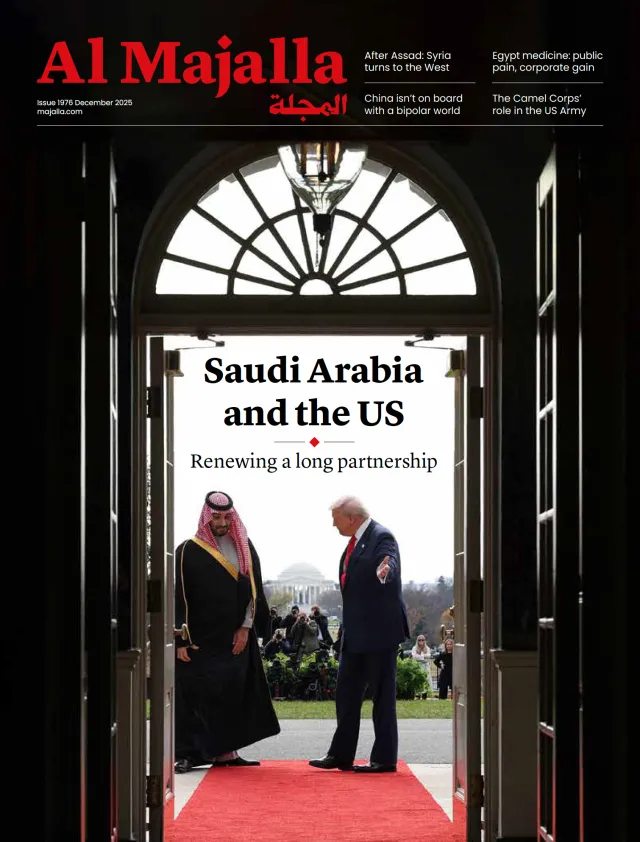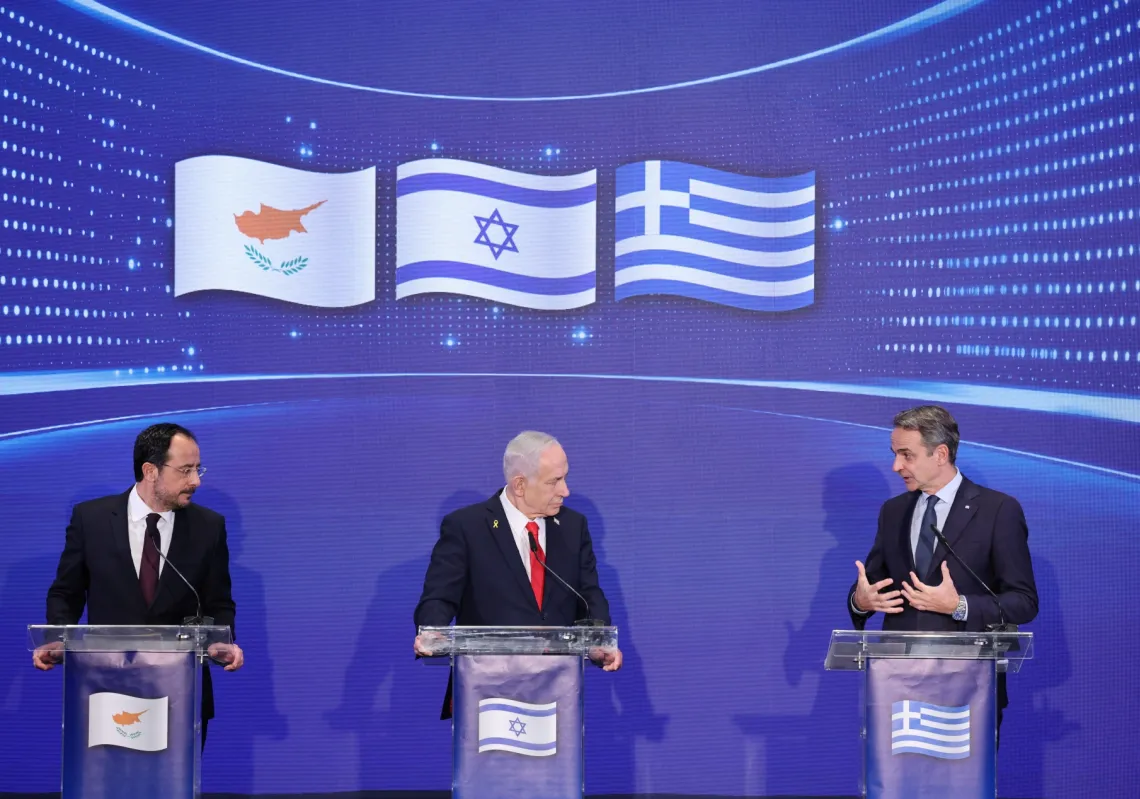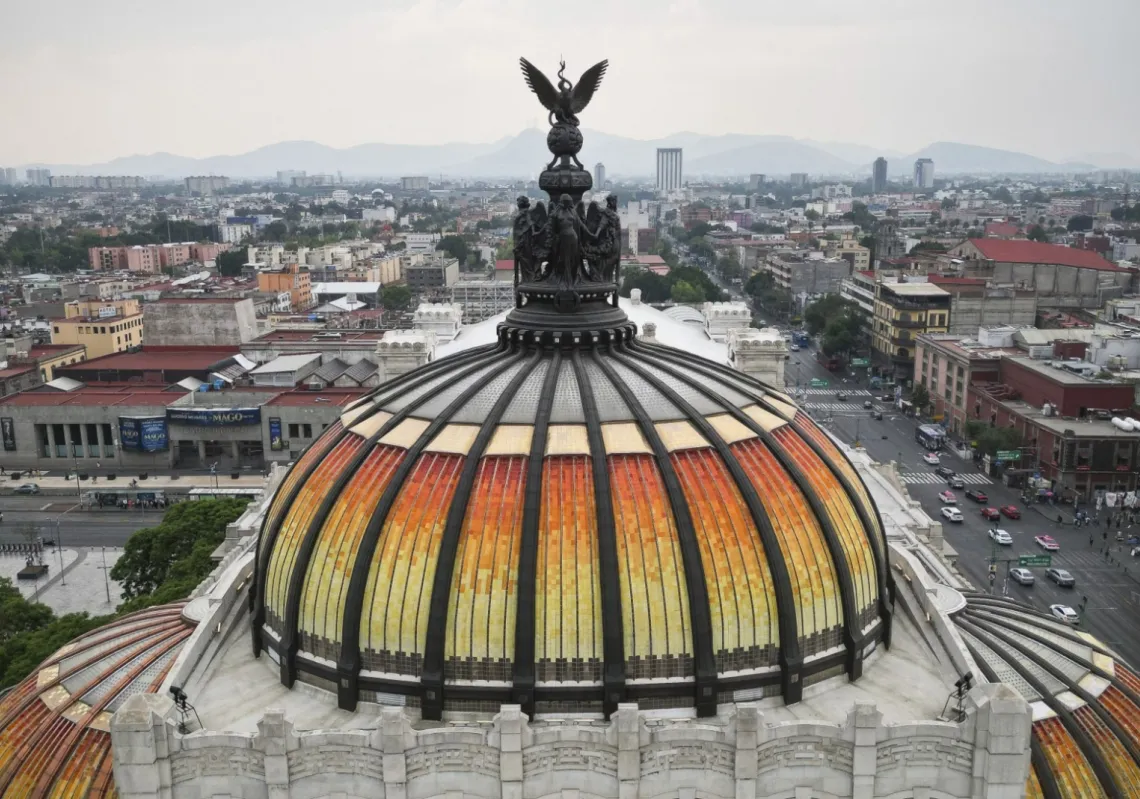To say Yolanda Guardi is familiar the academic rigour is an understatement: she earned degrees from universities in Spain (Anthropology and Arabic Literature), Turin (Arabic Language and Literature) and Milan (German Language and Literature), then taught Arabic language and culture Milan and Macerata, while in Pavia she taught Arabic. At the moment, she teaches Arabic language and literature in Turin.
Guardi has written books on Arab-Islamic civilisation and culture, as well as articles on contemporary Arabic literature, particularly Algerian literature. She has also translated numerous novels and poetry collections into Italian.
For her work promoting Arab culture, she was given the Medal of the President of Algeria, as well as the Abdelhamid Ben Hadouga International Novel Forum Award. In 2011, she was also honoured with the Custodian of the Two Holy Mosques International Award for Translation in Saudi Arabia for her translations from Arabic into Italian.
Guardi spoke to Al Majalla recently about her translation of the Mu‘allaqat into Italian. The Mu‘allaqat, which means ‘suspended/hanging poems,’ is a compilation of seven long pre-Islamic Arabic poems, so named because they were hung in the Kaaba in Mecca.
The book was published by the Italian publishing house Motta, a subsidiary of Mediterranean Publications, as part of the Translate Initiative, led by the Literature, Publishing, and Translation Commission of the Kingdom of Saudi Arabia. Here is the conversation.

Tell us about the project and what you were aiming for.
This project is not about my personal academic work. As editors and coordinators, our primary concern was not to produce a scholarly study in the traditional sense; however, the book does contain some educational aspects, which are clearly outlined in the introduction.
Since works like this are often undertaken from an academic perspective, they tend to be highly self-referential. My goal was to present a literary work that anyone could read and understand. I admit that certain aspects of these texts can be challenging, but what truly matters is the value these poems carry and what they reveal to us.
Today, discussing Bedouins in Italian can carry a subtle negative bias, but the poets of the Mu‘allaqat had a deep historical awareness, a strong sense of identity, and extraordinary cultural sophistication. This has stayed with me since I first began studying Arabic. The term ‘Bedouin’ may refer exclusively to the pre-Islamic era, and I found it particularly useful to emphasise this point.
How do you compare this translation to others you have done?
I would say this is the first complete Italian translation, because the previous one was more of an interpretation than a translation and did not include all ten odes.
A professional translator delves deeply into research to find the most suitable and accurate ways to convey the author’s message. He or she must understand the original text and, in doing so, inevitably interpret it. This is especially true when dealing with classical Arabic texts, where translators often say, “Well, I don’t like this image,” or “It’s difficult for the reader to grasp.” As a result, some translators choose to explain the verses, rather than translate them, but this runs the risk of distancing them from their original meanings.
Over time, entire sections of Arabic writings were spiked because they were deemed repetitive or uninteresting to a Western audience. In most cases, they were interpreted rather than translated, resulting in the loss of much of their imagery.
Take, for instance, the famous opening verse of Antara’s Mu‘allaqa, known as the Golden One: “Have the poets left any untrodden path; Or have you recognised the dwelling after your illusion?” Analysing different translations of this verse, we find various interpretations.












